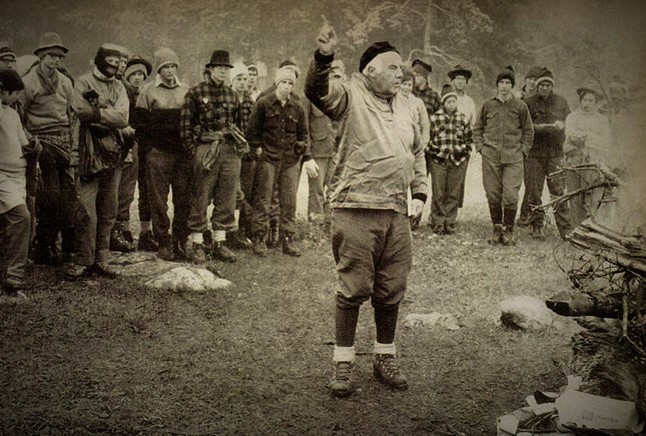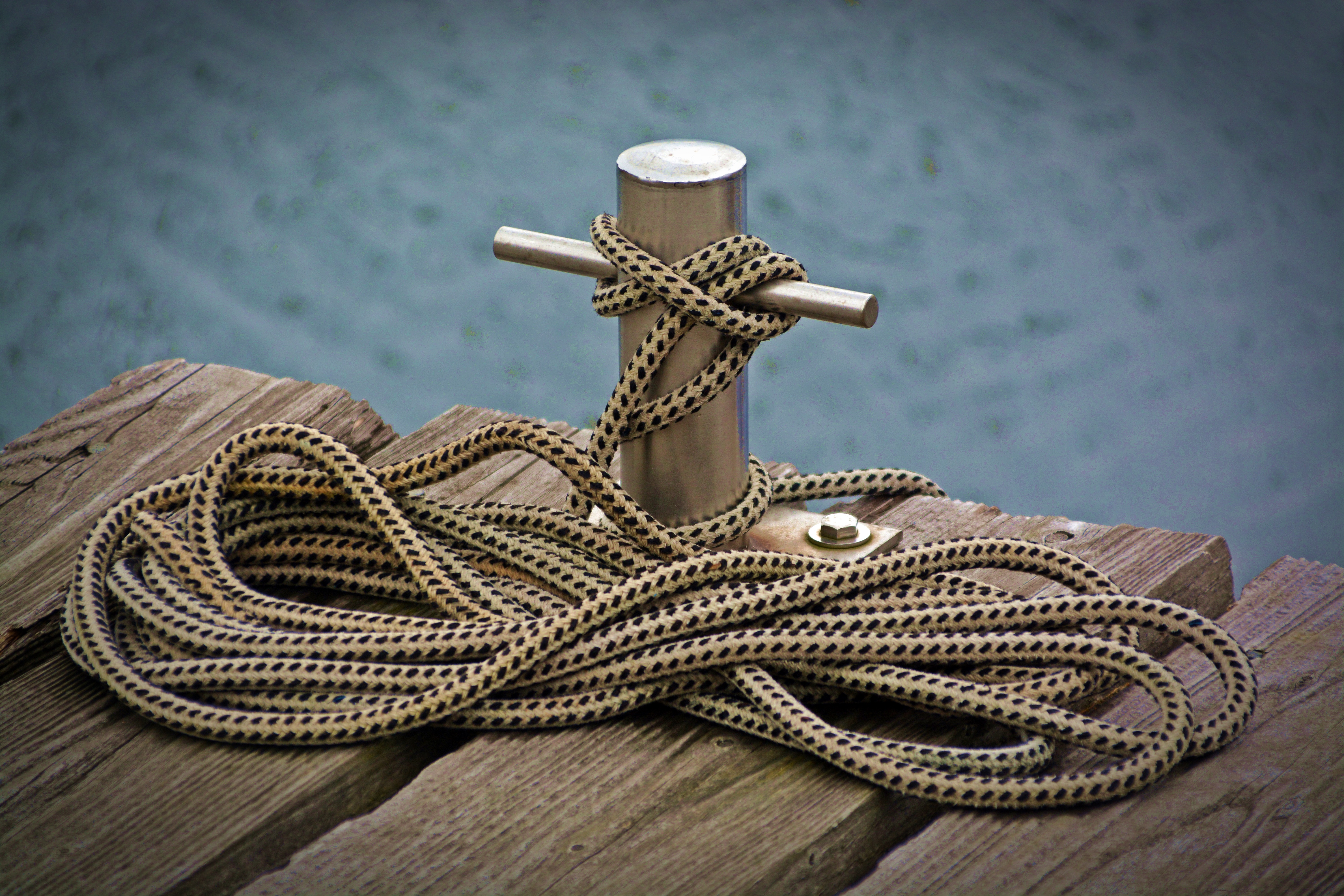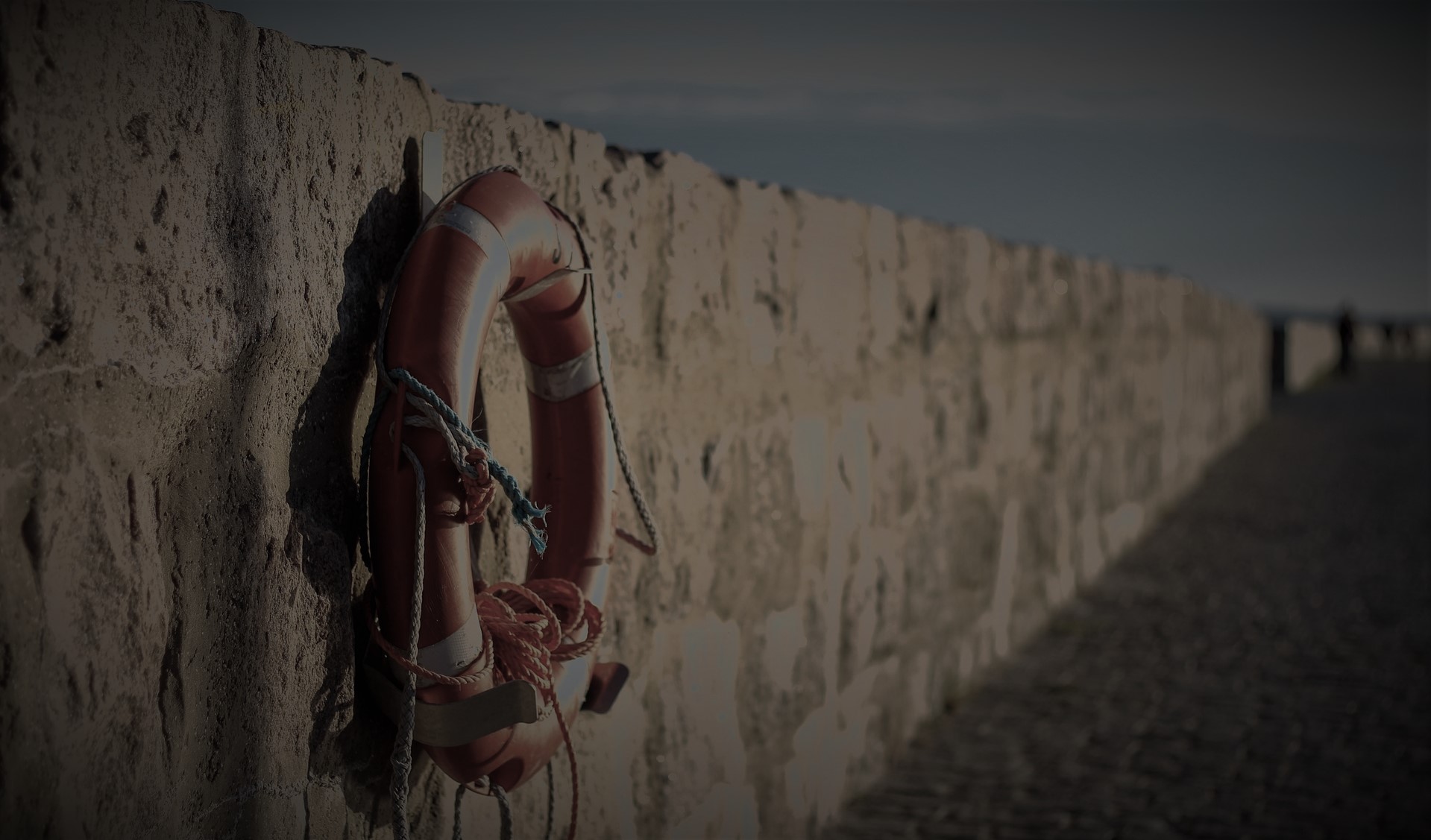For a couple of summers, I was a guide at an Alaskan zip line course serving mostly cruise ship passengers. This was the perfect summer gig for a young college student in a beautiful exotic location. I made lots of friends and had a grand time. Due to the inherit risk of zip-lining cruise ship passengers in the Alaskan wilds, the staff trained extensively on wilderness rescue operations. This learning and training has proved to be instrumental throughout my life and I still remember the four rules of rescue nine years later.
I am not a rescue expert and my former certifications have long expired. We unfortunately had to apply these rules of rescues in several situations in Alaska. This has made a lasting impression that has carried over to the workplace. I will share how the rules also have business applications.
Rules are meant to be broken and I will outline those legitimate situations. Please take note of the order as rules are in descending order of which to break first.
#1 Smoke a Mental Cigarette
Peculiar first rule. It is intended to be catchy and memorable. The first and most important rule: In a rescue or emergency, the first thing you should always do is “smoke a mental cigarette”: This rule comes from legendary mountaineer rescuer and instructor Paul Petzoldt when asked what he does before any rescue attempt.

“Stop and smoke a cigarette” – Paul Petzoldt
Your first reaction, as was mine, is probably “What! Why?” Well just think about what most people’s reaction is to a rescue or emergency. Asking my wife “what is the first thing you would do in an emergency?” her answer is “run around screaming and panic!” My wife’s answer encapsulates what most people do in reality (to give me wife some credit, she comes through in clutch situations). The point is, slow down for minute. Think through the problem. Don’t approach the problem full of adrenaline and potentially in a state of shock. Calm down, get a level head then make an informed and structured plan.
Now there are many reasons why you might want to break the number one rule. For example, someone is drowning before you or someone is trapped in a burning building. In these cases, the mental cigarette rule remains, but perhaps it should only be one drag. If you don’t you are likely to break some of the other rules. In fact, nearly every situation will be tempting to break this rule, but in every case it should never, ever be broken. A child has fallen off a cliff and you want to immediately climb to her. Your adrenaline will be pumping but you should take a calming moment. She may be in pain or unconscious, but she is not going to fall any farther.
We know that knee-jerk reactions nearly always exasperate the problem. Some people might argue that you should go with your “instinct.” I argue that they are misusing the word “instinct” because actual instinctual reactions are involuntary. If you can make a decision, it is no longer an instinct. Don’t confuse gut feelings with instincts.
When I was a business consultant, I was on project for the firm’s top client with a quick turnaround. I plotted the clients profit over time and was surprised to see the client bleeding cash! The client would be out of business in five years. I showed this to my manager with concern for the client. My manger quickly grasped the implications for the consultancy as we depended on the client’s relationship. He escalated it to a partner at the firm. To my surprise, the partner was cool and collected. He looked at the graph in silence for a moment. Then he instructed me to go home for the evening and then spend the entirety of the next day thinking through my analysis. Despite the quick turnaround, he essentially told me to “smoke a mental cigarette.” It took a full day, but I found a small error that had massive implications. I fixed it and the project went on as scheduled.
#2 Do No Further Harm
This rule is catchy because it is surprisingly obvious. However, it turns out to be a very difficult rule to follow. Moving someone with a back or neck injury can cause paralysis. Pulling someone up from a cliff can cause a shoulder dislocation. CPR performed properly will break ribs. As it turns out, every decision requires balancing trade-offs. Sometimes the results of rescue actions are expected and often there are unintended consequences. After your mental cigarette, consider all the potential outcomes. If possible, do no further harm, but at a minimum, understand the harm and make an informed decision.
“Primum non nocere.” - Hippocrates, Latin for “First, do no harm”
This rule also extends to other parties. Do no further harm to others, the environment or even yourself. Running into a burning building on the verge of collapse to save someone is certainly heroic, but it also might mean two deaths instead of one. Consider and weigh the risks with the rewards.
In business emergencies, too often leaders do not consider situations holistically. We try to put out fires without considering where the water is coming from. Working at a fin-tech firm, I remember working with a demanding investment banker and in a frantic effort to fix a minor miscalculation, I created more serious miscalculations. Unfortunately, I did further harm. As is often the case when working with interconnected computer systems, it took some serious digging to find the root cause of bugs in the system. The expert debuggers are deliberate in their actions to break a system, the methodical in building the system back up.
#3 Throw Before You Go
A nice rhyme to help you remember. The essence of this rule is that you should provide the person being rescued with tools to save themselves before going into the situation. Before diving into water to save a drowning victim, throw a life ring. Before climbing down a cliff to save a child, throw a rope. Unfortunately, many would-be-rescuers die from jumping into the situation. Here is one of many sad stories of this happening, this one from my local newspaper. A dead rescuer does not benefit the victim – it is only more of a problem for other rescuers.

Like with all the rules, this is tempting to break. This rule should be broken eventually, but not before all “throwing” options are exhausted. In the case of a drowning, instinct (yes, “instinct” in the true sense of the word) will cause victims to push their saviors underwater. So before diving into the same water throw a life ring. No life ring available? Throw a life jacket. Not around? Throw a floatie. None nearby? Hold out an oar. Still missing? Take off your pants or shirt to make a crude rope. Really try everything possible before going into the water.
How could this apply to the business world? During an internship, a high-level factory manager needed some numbers crunched in an emergency. It was a simple task for myself or members of our team, but we worried about setting a precedent. He wanted a custom dashboard. We offered to show him how to get the same data from an existing dashboard. He said there were figures missing. We countered with showing him how to do it in Excel from a raw download. In this case, it was sufficient to provide this additional training. But if he would have said the figures would be out of date by the time he finished in Excel, we would have showed him SQL, where he could write queries on the fly. Our rescuing did have learning curve, but after some time, we helped the manager save himself by “throwing instead of going.” We empowered instead of being pushed down by future requests.
#4 Don’t Cut Your Rope
You have a knot in one of your ropes so you cut it out. Now you are repelling with the same rope, but it is no longer long enough for the descent. In other words, “Do Not That Which Cannot Be Undone.” Cutting rope, burning clothes to stay warm, discarding water to reduce weight. This is the last rule and least important. But it is a rule nonetheless, extra caution should be used before doing something without the proverbial Ctrl-Z.

I remember working at a ranch in Jackson, Wyoming. One day the manager asked me to organize out behind the barn – a monumental feat considering the amount of junk this cowboy had collected. I interpreted “organize” as “discard” and begin doing so with the junk. After tossing two large concrete blocks, the manager came and chastised me for throwing everything away. He clarified that I was only to “organize.” It took a few days, but I rearranged everything into much neater piles of metal, wood and concrete junk. Later in the summer, I saw the manager using the concrete blocks I had nearly tossed to sturdy a fence. The metal I would have cast out was welded into elaborate shelving. The wood I wanted to haul to the dumpster was used in many capacities, but my favorite was a company bonfire. The creativity and self-reliance of the cowboy has proved an inspiration to this day.
Conclusion
There you go, the four rules of rescue I remembered through the years. They apply both in emergencies and in the workplace.
- Smoke a Mental Cigarette
- Do No Further Harm
- Throw Before You Go
- Don’t Cut Your Rope
If you want more applications in business check out this Harvard Business Review article. Let me know in the comments if you have a story of a business application of a rule.
